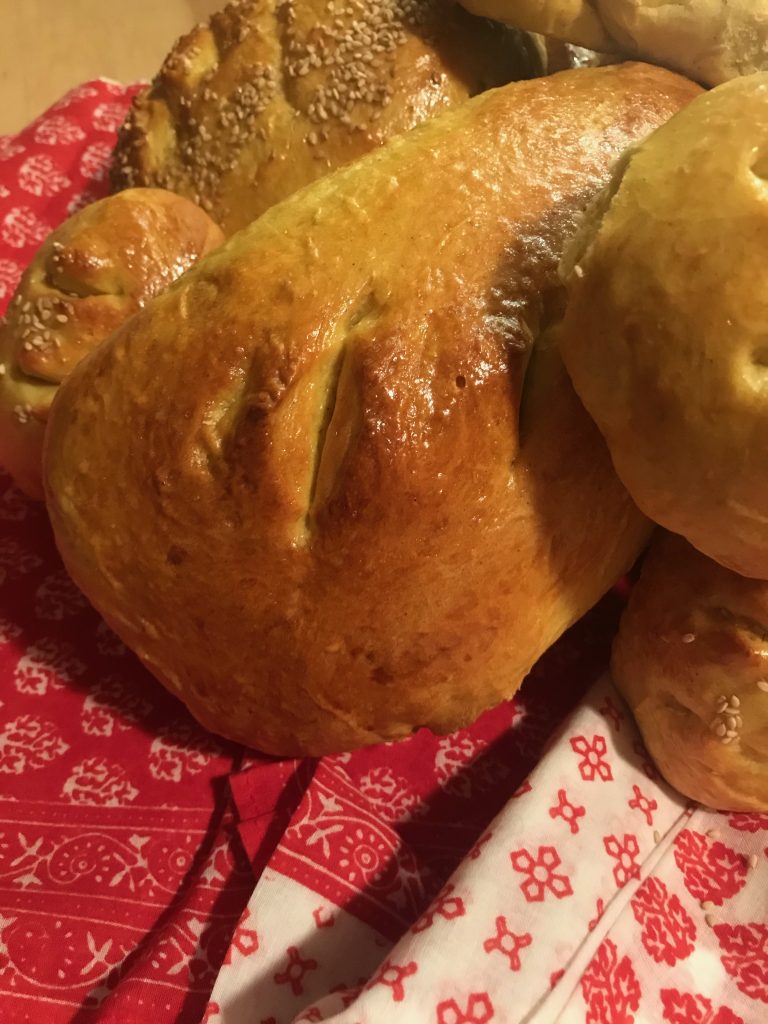

Leavened bread is thought to date back to around 4,000 to 3,500 BCE, with pita and focaccia style breads being the ones thought to be among the first raised breads.Ĭhallah, in recognizeable form, is said to date to around 70 AD.ĭr.

Earlier wheats could not be separated so easily. The Biblical references to separatating the wheat from the chaff suggests that modern wheat was not only known, but common by that time. Wheat was bred into forms we'd recognize today (according to Wikipedia) around 5,000 years ago, and was widespread at that time. It is and has information about when different foods became available.īread is thought to be date to around 10,000 BCE, and there is some debate as to whether a taste for bread or ale caused people to give up their nomadic ways and begin an agricultural life style. There is a WONDERFUL web site everyone seems to have missed. if I try to pass off Turkish flat bread, or a whole wheat pita as bread from the last supper.

These people are the Doctors and Judges of the town, and they will know B.S. I know that Durum wheat was domesticated before the soft, red, spring, and winter wheat that we use in modern flours. Even if you are not a Christian, or find that whole story ridiculous, I am looking for bread that would have been in that part of the world at that time. So anyway, I am really looking to bake for them a bread that is as historically and anthropologically close to the bread that Jesus would have served at the last super. These people travel to Israel, Rome, and all over. I am very honored to have been asked, because although this may be the smallest church in her town, it is by far the most worldly and savvy. (Episcopalians are kind of a rare breed down there). The Church is in (very) rural South Georgia, and only has 75 or so members all combined. My mother has asked me to bake some bread for her Episcopal Church’s communion during the Christmas Mass.


 0 kommentar(er)
0 kommentar(er)
